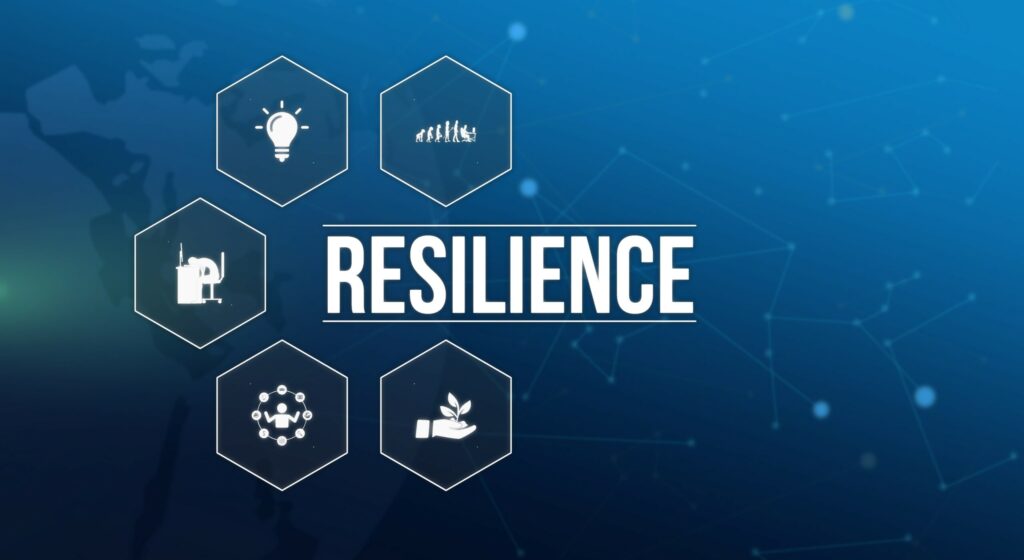5 Top Contract Management Strategies

The pandemic brought a surge in suppliers invoking force majeure clauses in their contracts. Force majeure removes liability for unforeseeable and unavoidable catastrophes that interrupt the expected course of events and prevent participants from fulfilling obligations. Buyers, as well as suppliers, understood that the extreme circumstances surrounding the pandemic warranted it.
Today, reestablishing contractual rigor requires deliberate action. Here are five key strategies:
1. Update supplier segmentation and engagement approaches. Not all suppliers provide the same value or pose the same degree of risk. Supplier segmentation helps focus attention on those at the top of the pyramid.
Buyers that haven’t previously relied on strategic supplier partnerships are becoming more open. With the critical core group of suppliers, you can evaluate relationships through additional lenses—such as “value at risk”—and establish meaningful risk mitigation and management processes.
The benefits of strategic partnerships go beyond risk management. For example, expanding interfaces with a key supplier often enables collaborative planning and forecasting and can improve both organizations’ efficiency. Furthermore, collaborative R&D/innovation and joint marketing can be a “force multiplier” for both parties.
2. Consider new segment-specific contracting approaches. Contracting definitions and terms should align with segmentation strategy.
For example, routine or high-leverage categories may call for maintaining flexibility in supply sources or avoiding firm buying commitments, while strategic and “bottleneck” categories may warrant partnership and engagement, with new contract dimensions around collaboration and risk management.
3. Assess supplier and supply chain risks continuously and adapt accordingly. Risks change, so it is important to evaluate supplier relationships regularly and update service levels and overall engagement approaches as needed.
A good starting point is an enterprise-wide assessment of supply chain risks to identify areas of greatest exposure. If you already monitor supply chain risk, then you can focus diligence where needed. But periodically assess risk assumptions to ensure you don’t miss new and emerging vectors or create unequal treatment across business units.
4. Leverage data and technology to improve visibility. The more you digitize the business, the more effective your insight and risk management. Today’s technology provides ability to expand the “edge” in terms of automation and integration—producing real-time risk insight across suppliers and supply markets. Many solutions facilitate enterprise-wide risk assessments and supplier classification and may also support due diligence efforts.
Technology is evolving fast, so stay up to date with new capabilities. AI and predictive analytics are also revolutionizing supplier risk management with threat modeling and early warning capabilities to disruptions along an ever-expanding set of vectors—geopolitical events, weather patterns, and more.
When evaluating any new technology, consider your readiness in terms of data quality, availability, internal governance, and overall information security.
5. Ensure adequate organizational oversight. An enterprise risk management team that manages a portfolio of suppliers across business units is in the best position to guide and coordinate the multiple functions and parties involved in developing and enforcing supply chain contracts, ultimately increasing their effectiveness.

